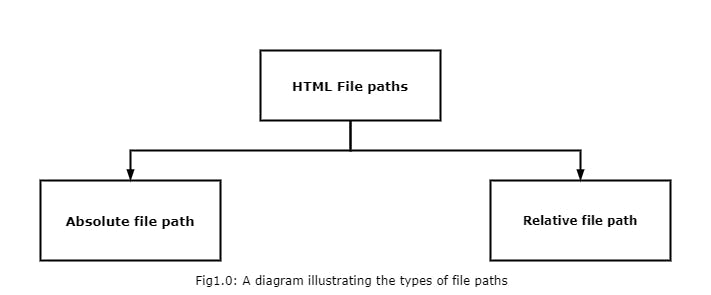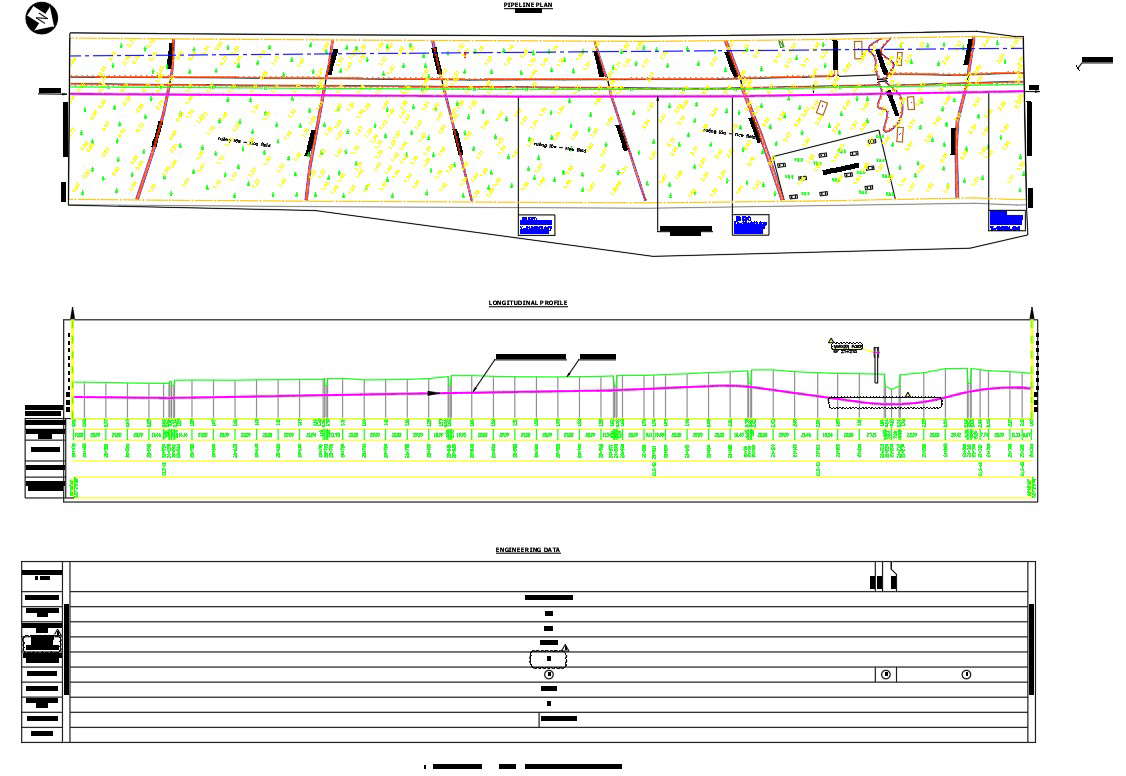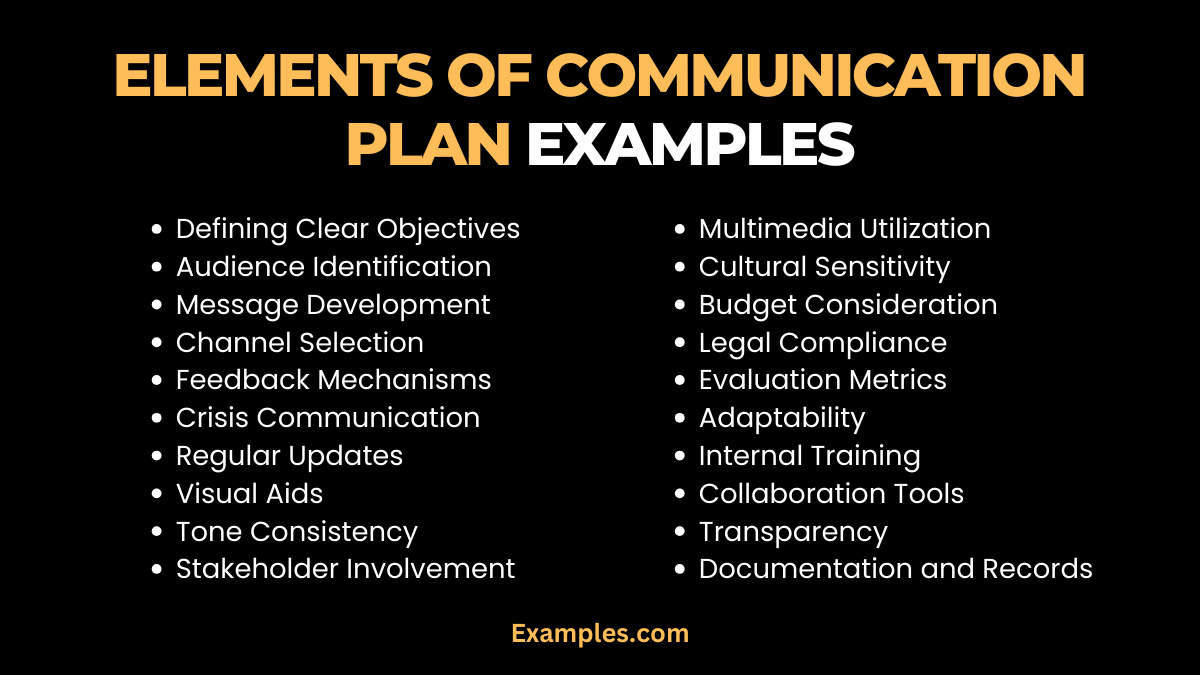File Plan Elements Include But Are Not Limited To

Imagine a meticulously organized office, where every document, every file, every digital asset has its designated place. No more frantic searches, no more misplaced contracts, no more information silos. This isn't just a dream of organizational nirvana, it's the promise of a well-crafted file plan, a foundational element of effective information governance.
At its core, a file plan is much more than just a list of folders. It is a comprehensive roadmap for managing an organization's information assets from creation to disposition. This article delves into the essential elements that comprise a robust and effective file plan, exploring its significance and providing a pathway to better information management.
The Foundation: What is a File Plan?
A file plan, also often referred to as a records retention schedule, is a systematic method for organizing, storing, retrieving, and disposing of an organization's records. It acts as the central policy document guiding information management practices. It helps to ensure information is managed according to legal, regulatory, and business requirements.
Consider it the blueprint for information lifecycle management, providing a framework for how information is created, used, maintained, and eventually destroyed or archived. Without a proper file plan, organizations risk non-compliance, legal liabilities, and inefficiencies due to poor information access.
Key Elements of a Comprehensive File Plan
So, what exactly goes into a file plan? While specific components can vary based on an organization's unique needs, industry, and size, certain elements are essential to ensure its effectiveness. Let's explore some of these key building blocks:
One of the most fundamental elements is a clear and logical file structure. This involves defining categories, subcategories, and naming conventions for files. This structure should reflect the organization's functions and activities, making it intuitive for employees to locate and manage information.
Next, retention schedules dictate how long different types of records must be kept. These schedules are based on legal, regulatory, and business requirements, specifying when records can be destroyed or archived. Properly defined retention periods ensure compliance and minimize storage costs.
Disposition instructions detail the approved methods for disposing of records once their retention period has expired. This may include physical destruction, secure deletion of electronic files, or transfer to archival storage. Consistency in disposition practices minimizes legal risks and ensures appropriate handling of sensitive information.
A comprehensive file plan must also define access controls. This defines who has the authority to access, modify, and delete different types of records. Implementing appropriate access controls safeguards confidential information and prevents unauthorized alterations.
Furthermore, it's crucial to establish clear roles and responsibilities for information management. This includes identifying individuals responsible for creating, maintaining, and disposing of records within their respective departments. Clearly defined roles ensure accountability and consistency in information management practices.
Finally, a file plan should include provisions for periodic review and updates. Organizations evolve, regulations change, and new technologies emerge. Regular review ensures the file plan remains relevant, accurate, and aligned with current business needs.
Beyond the Basics: Additional Considerations
While the elements mentioned above form the core of a file plan, several other factors can enhance its effectiveness. These factors often depend on the specific context of the organization.
Metadata management is an important consideration. Establishing standards for metadata (data about data) helps improve searchability and ensures that records are easily identifiable. Consistent metadata application is vital for effective information retrieval.
The plan should also address the management of electronic records, which pose unique challenges compared to paper-based documents. This includes considerations for file formats, storage media, and digital preservation strategies.
Another key aspect is training and awareness. Employees need to understand the file plan and their responsibilities for adhering to its guidelines. Training programs and clear communication can foster a culture of compliance and promote effective information management practices.
Finally, consider the integration of the file plan with other organizational systems. This includes connecting the file plan with electronic document management systems (EDMS), content management systems (CMS), and other relevant platforms. Seamless integration enhances efficiency and ensures a unified approach to information management.
The Significance of a Well-Defined File Plan
Why is a well-defined file plan so critical? The benefits extend far beyond simple organization. It protects the organization from potential legal risks and regulatory non-compliance.
A strong file plan enables better compliance with laws and regulations like GDPR (General Data Protection Regulation), HIPAA (Health Insurance Portability and Accountability Act), and SOX (Sarbanes-Oxley Act). This helps avoid costly penalties and reputational damage.
It improves operational efficiency by making information easily accessible. This leads to faster decision-making, reduced search times, and improved collaboration. Employees can quickly find the information they need, saving time and boosting productivity.
A file plan also supports risk management by protecting vital records and ensuring business continuity in the event of a disaster or data breach. Having a plan in place helps mitigate the impact of unforeseen events and allows for a swift recovery.
Moreover, it reduces storage costs by eliminating the need to retain unnecessary information. Proper disposition procedures minimize storage space requirements, saving money on physical and digital storage resources.
Ultimately, a good file plan fosters transparency and accountability. It provides a clear record of organizational activities, making it easier to track decisions and demonstrate responsible governance.
Conclusion: Embracing the Power of Information Governance
Developing and implementing a comprehensive file plan is an investment that yields significant returns. It's a crucial step toward effective information governance, ensuring compliance, improving efficiency, and mitigating risks. While it requires commitment and ongoing effort, the benefits far outweigh the challenges.
The elements discussed – from a logical file structure to detailed disposition instructions – serve as a foundation for building a robust and effective file plan. Remember that a file plan is not a static document; it requires periodic review and updates to remain relevant and aligned with evolving business needs.
By embracing the power of information governance and implementing a well-defined file plan, organizations can unlock the full potential of their information assets. This will lead to greater efficiency, improved decision-making, and a stronger, more resilient future. A future where information is not a burden, but a valuable asset, carefully managed and readily accessible.


/computer-file-management-tips-2948083-final-7622785bf27746d18bad96a219b92f34.png)















